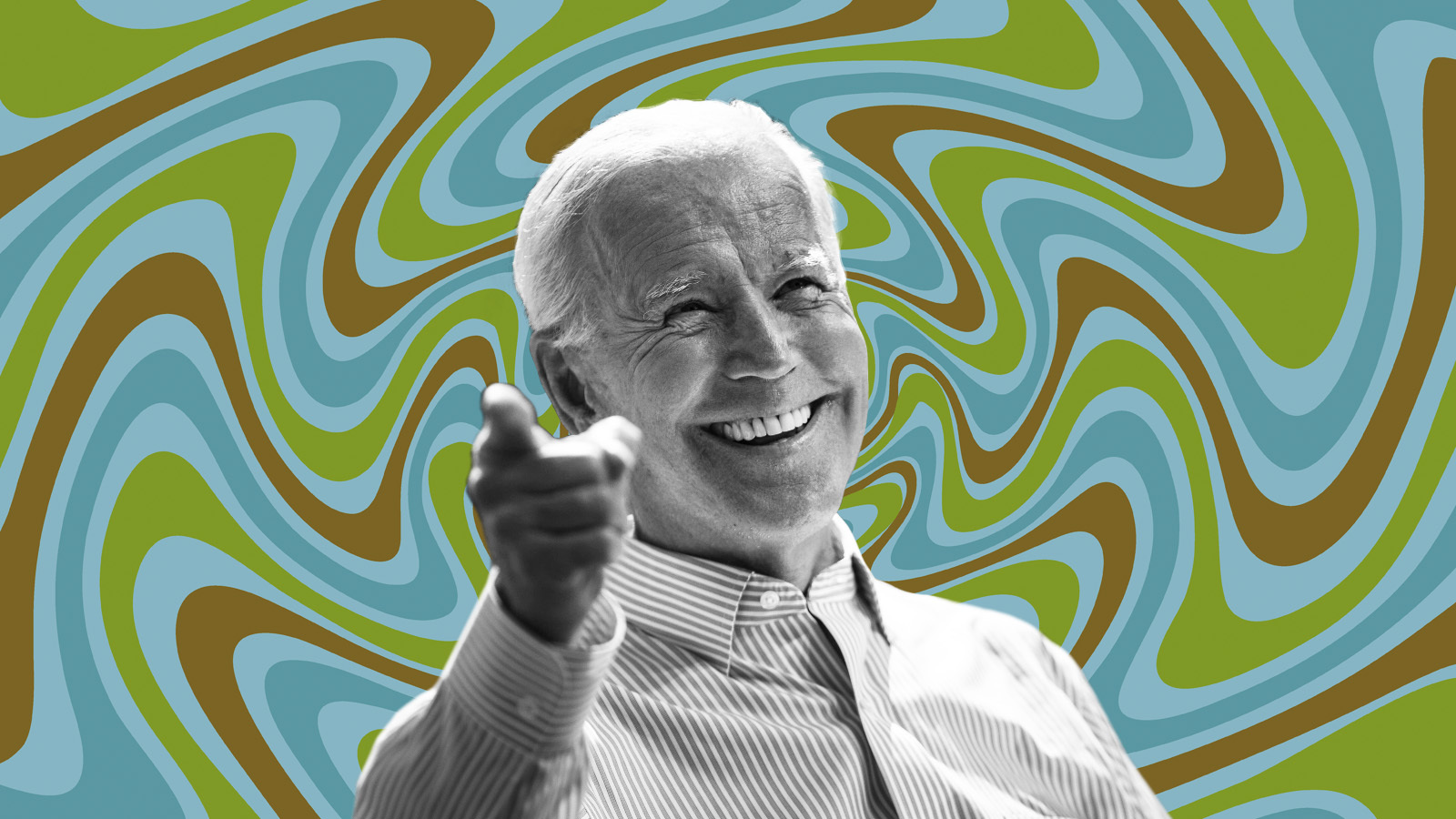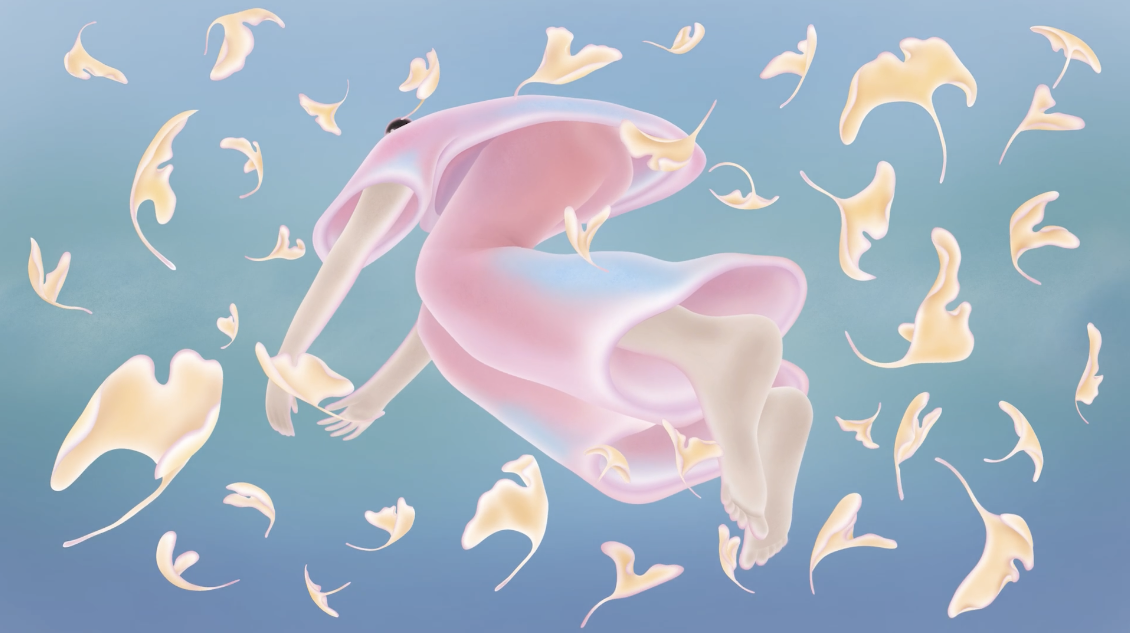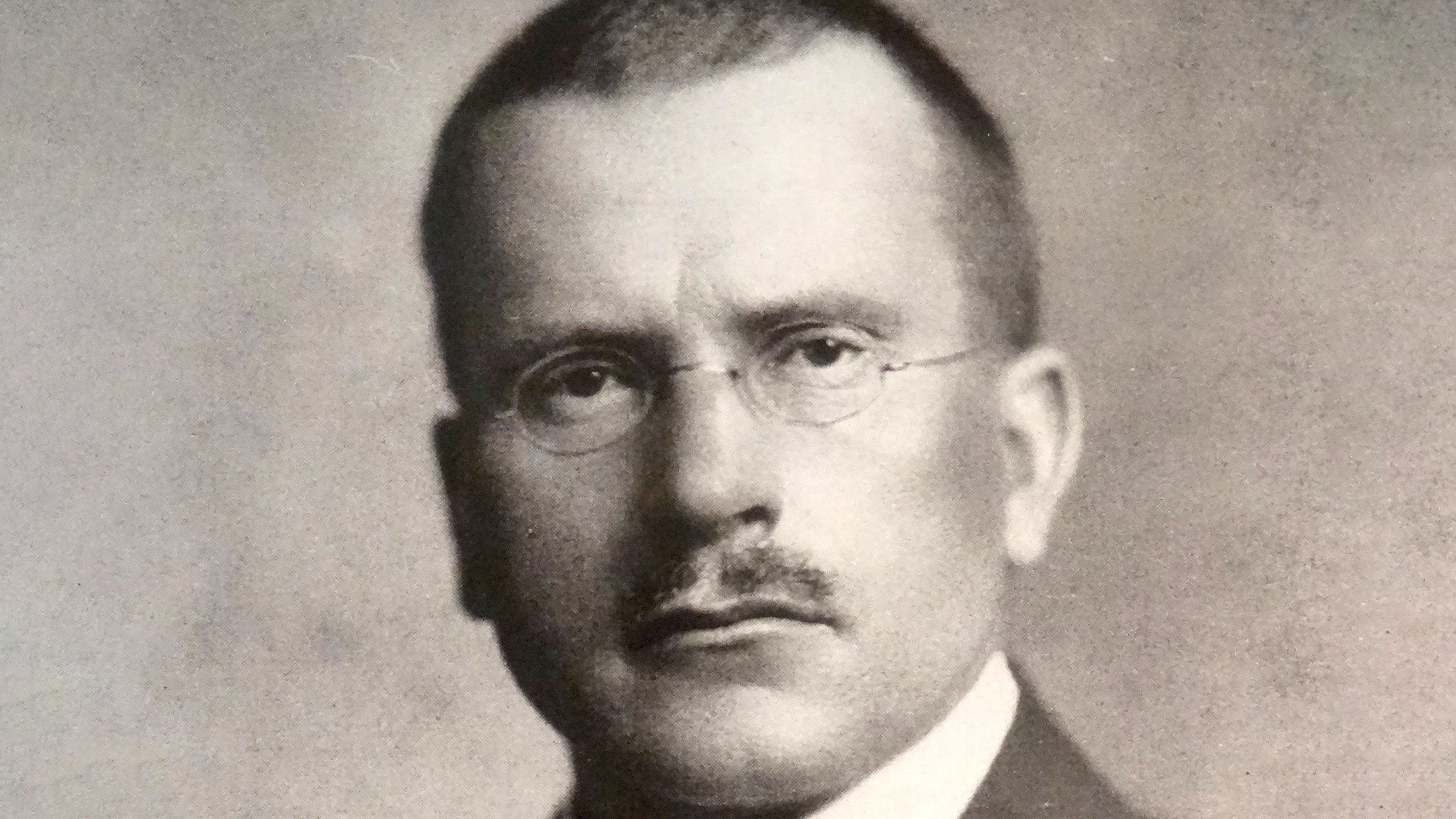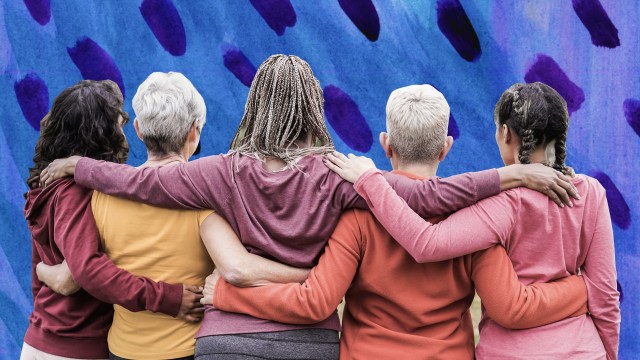How ketamine-fueled dreams can promote a spiritual approach to mental health and therapy

- Ketamine-Assisted Psychotherapy (KAP) has roots in the analytic psychology of Carl Jung.
- KAP can be viewed as a type of Jungian dreamwork.
- In common with dreamwork and clinical hypnosis, KAP uses a non-ordinary state of consciousness to heal.
Ketamine’s unique effects make it an ideal companion to psychotherapy. By integrating proven psychotherapeutic techniques into the ketamine experience, we can affect long-term change in a person’s life. The medicine lights the fire by relieving symptoms virtually immediately; the psychotherapy and associated life-style changes keep it burning.
The evolution of psychotherapy has also influenced how we approach Ketamine-Assisted Psychotherapy (KAP). Sigmund Freud coined the term psychoanalysis around the turn of the [last] century. A simple way to understand Freudian psychoanalysis is to picture two levels in the mind: the conscious and the unconscious. The goal of psychoanalysis is to make the unconscious conscious.
Then, Swiss psychiatrist Carl Jung broke away from his elder colleague’s psychoanalysis when he created analytic psychology, which became a foundation of what’s sometimes called depth psychology. Jung believed there was a third level that lies beneath the unconscious: the collective unconscious, containing all the imagery and knowledge every human being is born with. At the time, many of Jung’s scientific-minded colleagues shunned this spiritual or even mystical take on the field of psychology. Some scientists still do today. You’ll probably recognize many of the terms Jung coined, like synchronicity, extraversion, and introversion. One of the most popular personality quizzes, the Myers-Briggs Type Indicator, is based on his work. Jung believed dreams were a vital window into the sub- conscious that could be utilized for deep psychotherapeutic work. The goal of Jungian-based therapy is individuation, a return to the inwardly whole state to reintegrate all parts of ourselves. Ketamine-Assisted Psychotherapy also aims for this wholeness.
In many ways, Jung brought spirituality into the field of mental health. Many of today’s popular psychotherapies integrate the subconscious and/or spiritual within their protocols. Like Jungian therapy, Internal Family Systems (IFS) also conceptualizes different parts of the psyche that can be integrated. Dialectical Behavioral Therapy (DBT), Acceptance and Commitment Therapy (ACT), Mindfulness-Based Stress Reduction (MBSR), and Mindfulness-Based Cognitive Therapy (MBCT) all integrate some type of mindfulness or emphasis on the idea that we all have an inner voice or an inner observer that is our real, authentic self.
In many ways, Ketamine-Assisted Psychotherapy’s foundation is quite similar to Jungian-based psychotherapy. Jung’s humanistic, holistic, and positive view of emotional health is theoretically aligned with KAP. Both are bio-psycho-social-spiritual approaches to mental health. KAP can be thought of as a type of Jungian dreamwork. In a way, ketamine helps the client “dream,” and the Integration session provides the interpretation of symbols, images, sensory experiences, and archetypes that come up in the session. While some scientists still scoff at the idea of these spiritual concepts, we can tell you that we’ve seen many clients report and draw strikingly similar themes, symbols, and images after their Exploration sessions, and both of us in our personal journeys with ketamine have experienced the same. Whether you believe these universal archetypes and symbols are just projections of a mind under the influence of a medicine or are coming from an even deeper source is up to you — but we find it helpful if people keep an open mind to these concepts.
Ketamine-Assisted Psychotherapy’s foundation is quite similar to Jungian-based psychotherapy.
In 1957, psychiatrist Milton Erickson formed the American Society of Clinical Hypnosis, which still trains health-care professionals in clinical hypnosis today. Like ketamine, hypnosis creates a non-ordinary state of consciousness and focuses on material that lies beneath conscious awareness. Like Jungian theory, there are some controversial aspects — such as hypnosis practitioners who believe they can help clients regress to the womb or access past lives. That being said, the American Society of Clinical Hypnosis teaches Erickson’s methods in evidence-based, medically minded ways. Hypnosis and ketamine have even been shown to work synergistically together since they create non-ordinary states of consciousness for healing. Hypnosis can also act as a sort of rehearsal for people preparing to enter the deeper non-ordinary states of consciousness that ketamine can create. Or it can help people go back to the ketamine trance state without medicine. [This book contains a script that will help you do both of those things.] In the past, PTSD was still called “shell shock,” and clinical hypnosis was the treatment du jour used around the world by psychiatrists to treat the condition.
Despite it being less popular today, clinical hypnosis is still remarkably effective for PTSD and other mental illnesses. Recent brain scan studies from research facilities around the world validate the astonishing effects of hypnosis. Interestingly, the clinical hypnosis scripts from decades ago are remarkably similar to the modern “bilateral stimulation” psychotherapies that incorporate left-right bodily stimulation with talk therapy techniques used to treat PTSD today: Eye Movement Desensitization and Reprocessing (EMDR), Accelerated Resolution Therapy (ART), and Subconscious Visualization Technique (SVT). Some advanced practitioners are already integrating these therapies into KAP with great success.
Notably, Freud, Jung, and Erickson all believed that accessing material below conscious awareness and the past was central to growth and healing. They all used their own techniques to access the subconscious and, in Jung’s case, the collective unconscious: Freud used psychoanalysis, Jung used dreams, and Erickson used hypnosis. KAP, too, utilizes a non-ordinary state of consciousness to heal.





